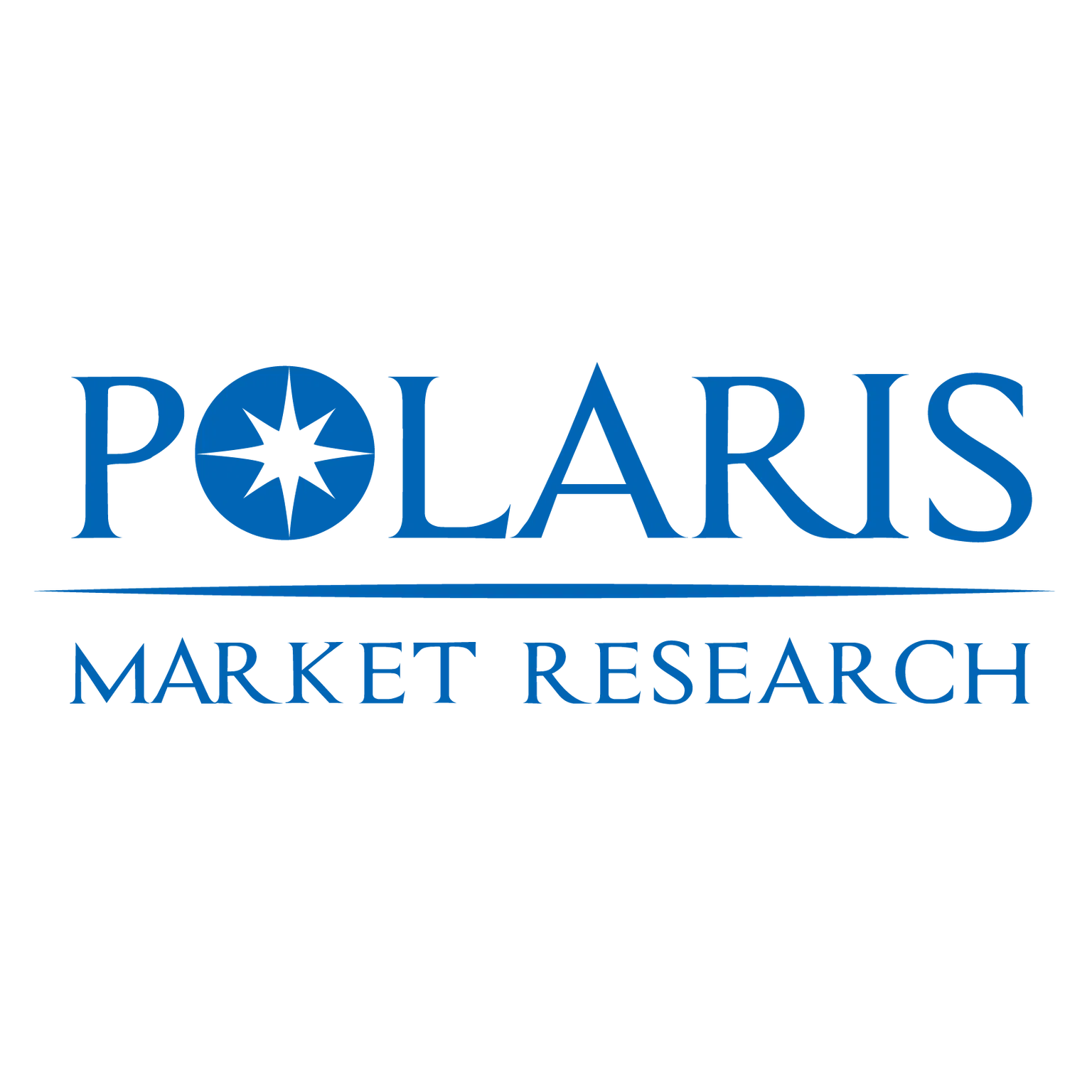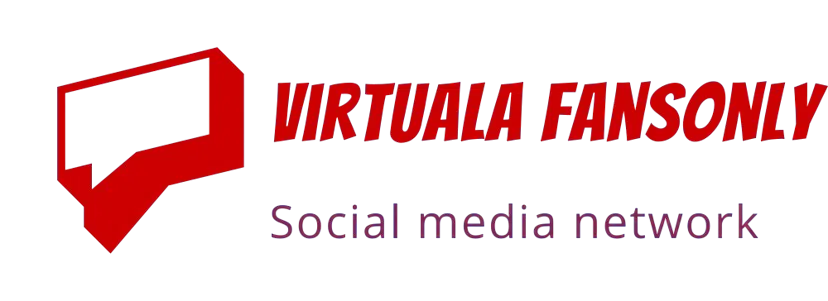Emerging Applications Boosting the Propylene Glycol Market

Market Overview
According To The Research Report, The Global Propylene Glycol Market Was Valued At Usd 4,294.68 Million In 2023 And Is Expected To Reach Usd 6,276.56 Million By 2032, To Grow At A Cagr Of 4.3% During The Forecast Period.
The global Propylene glycol market continues to gain momentum due to its wide-ranging applications across industries such as pharmaceuticals, cosmetics, automotive, food and beverage, and construction. With its versatility as a solvent, humectant, and antifreeze agent, propylene glycol is becoming a key component in numerous manufacturing processes. Rapid industrialization, technological advancements, and growing consumer demand for sustainable products are shaping the landscape of this market.
Market Summary
The propylene glycol market has emerged as a vital segment within the global chemicals industry. It is driven by strong end-use applications across different sectors, including food processing, transportation, personal care, pharmaceuticals, and industrial manufacturing. Its unique properties, such as low toxicity, high solvency, and moisture retention, make it suitable for a variety of formulations and products. The increasing focus on environmentally friendly materials and safer chemical alternatives further accelerates market expansion.
What is the Propylene Glycol Market
Propylene glycol is a colorless, odorless liquid that is widely used as a solvent, stabilizer, and preservative in multiple applications. It is derived from petroleum-based or bio-based feedstocks. The market encompasses the production, distribution, and utilization of propylene glycol across various industries. Its multifunctional nature enables its integration in diverse sectors, making it a crucial chemical compound in both consumer and industrial products.
The propylene glycol market is characterized by a balance between traditional production methods and the rising adoption of bio-based processes. Manufacturers are increasingly focusing on sustainable sourcing to align with global environmental regulations and meet consumer expectations for eco-friendly solutions.
Key Market Growth Drivers
1. Expanding Industrial Applications
One of the primary drivers of the propylene glycol market is its extensive usage across industries such as food and beverages, pharmaceuticals, and personal care. It serves as a humectant, solvent, and carrier for active ingredients in many products.
2. Rising Demand in the Automotive Sector
Propylene glycol plays a crucial role as an antifreeze agent and coolant in automotive and aviation industries. The increasing production of vehicles and advancements in transportation technologies are boosting its demand.
3. Growth of Personal Care and Cosmetic Formulations
The personal care industry relies heavily on propylene glycol for its moisturizing and stabilizing properties. It is used in lotions, creams, shampoos, and makeup formulations, supporting market growth as beauty and skincare demand expands globally.
4. Shift Toward Sustainable Chemical Solutions
With a growing emphasis on environmental responsibility, manufacturers are investing in bio-based propylene glycol production methods. This shift is supported by regulatory frameworks that encourage greener chemical manufacturing.
5. Pharmaceutical Industry Expansion
Propylene glycol is widely used as a solvent in oral, injectable, and topical pharmaceutical products. The rising global healthcare needs and increasing production of medical formulations significantly contribute to the market’s expansion.
𝐄𝐱𝐩𝐥𝐨𝐫𝐞 𝐓𝐡𝐞 𝐂𝐨𝐦𝐩𝐥𝐞𝐭𝐞 𝐂𝐨𝐦𝐩𝐫𝐞𝐡𝐞𝐧𝐬𝐢𝐯𝐞 𝐑𝐞𝐩𝐨𝐫𝐭 𝐇𝐞𝐫𝐞:
https://www.polarismarketresearch.com/industry-analysis/propylene-glycol-market
Trends Shaping the Future
1. Increasing Adoption of Bio-Based Production
The transition to bio-based feedstocks is one of the most notable trends in the propylene glycol market. This approach not only reduces carbon footprint but also aligns with sustainability goals.
2. Technological Advancements in Manufacturing
Advanced chemical processing technologies are enhancing production efficiency, product quality, and environmental compliance. Innovations in catalytic processes are particularly shaping the future of propylene glycol manufacturing.
3. Rising Popularity of Eco-Friendly Formulations
Consumer awareness about product safety and environmental impact is influencing manufacturers to use propylene glycol in safer and more sustainable ways, particularly in cosmetics and food products.
4. Growing Use in HVAC and De-Icing Applications
The HVAC and aviation sectors are increasing their use of propylene glycol for de-icing solutions and heat transfer fluids, driven by its non-corrosive and low-toxicity characteristics.
5. Expanding Regulatory Focus on Safety and Sustainability
Global regulatory bodies are setting stricter guidelines for chemical safety and environmental standards, encouraging industries to adopt propylene glycol as a safer alternative to more hazardous substances.
Market Segments
1. By Source
The market is segmented into petroleum-based and bio-based propylene glycol. The petroleum-based segment has traditionally dominated the market, while the bio-based segment is gaining traction due to sustainability initiatives.
2. By Grade
Propylene glycol is available in industrial, pharmaceutical, and food grades. Each grade serves specific applications depending on purity levels and regulatory compliance.
3. By Application
Key applications include antifreeze and coolant formulations, food and beverage additives, pharmaceutical solvents, personal care products, and industrial chemical processes.
4. By End-Use Industry
Major end-use industries include automotive, construction, food processing, cosmetics, pharmaceuticals, and industrial manufacturing. The diversity of applications ensures steady demand from multiple economic sectors.
Regional Analysis
1. North America
North America represents a significant share of the propylene glycol market, supported by strong industrial infrastructure, technological advancements, and high automotive production. Regulatory frameworks favoring bio-based chemicals are further accelerating regional growth.
2. Europe
Europe has a well-established chemicals industry and is a pioneer in adopting sustainable solutions. The region’s emphasis on environmental protection and green chemistry drives investments in bio-based propylene glycol production.
3. Asia Pacific
Asia Pacific is witnessing rapid market expansion due to industrialization, growing consumer demand, and a thriving automotive sector. Countries in this region are investing in large-scale chemical manufacturing facilities to meet increasing demand.
4. Latin America
Latin America shows steady growth potential, with increased investments in food processing, cosmetics, and pharmaceutical industries. Expanding infrastructure and trade support market development.
5. Middle East and Africa
The Middle East and Africa region is gradually increasing its presence in the global propylene glycol market. Developments in industrial applications and infrastructure projects are driving regional demand.
Additional Market Insights
The global propylene glycol market is evolving with a strong focus on product innovation and sustainable development. Leading manufacturers are strategically expanding production capacities, enhancing supply chains, and collaborating with research institutions to explore new applications. The growing integration of digital technologies in manufacturing processes further supports efficiency and compliance with international safety standards.
Strategic collaborations between chemical producers and end-user industries are paving the way for specialized formulations that meet the needs of specific applications, particularly in pharmaceuticals and food processing. This dynamic environment underscores the market’s adaptability to changing consumer expectations and regulatory landscapes.
The combination of robust industrial demand, technological innovation, and sustainability initiatives positions the propylene glycol market as a key player in the global chemicals sector. Its role as a versatile and safe chemical compound continues to expand across industries, reflecting its growing importance in modern manufacturing and product development.
Key companies driving growth in the global Market include:
- BASF SE
- Global Bio-Chem Technology Group Co. Ltd.
- DowDuPont
- Temix Oleo S.R.L.
- Asahi Glass Co. Ltd.
- Sinopec
- INEOS Oxide Ltd.
- Arrow Chemical Group
- Chaoyang Chemicals Inc.
- SKC Co. Ltd.
- Tongling Jintai Chemical Industrial Co. Ltd.
- Royal Dutch Shell PLC.
- Helm AG
- LyondellBasell Industries N.V.
- Adeka Corporation
- Huntsman Corporation
- Archer Daniels Midland Company.
Conclusion
The Propylene Glycol Market is projected to expand steadily, driven by its wide-ranging applications in food, pharmaceuticals, cosmetics, and industrial sectors. Increasing demand for safe and versatile chemicals, combined with its role as a humectant, solvent, and preservative, is fueling growth. Advancements in bio-based propylene glycol production are supporting sustainability initiatives, meeting consumer preferences for eco-friendly products. Furthermore, regulatory support for safe chemical usage and expanding end-user industries are contributing to market resilience. Strategic collaborations, innovations, and capacity expansions are expected to enhance competitiveness, ensuring a positive outlook for the global market in the coming years.
More Trending Latest Reports By Polaris Market Research:
Home Fragrance Diffusers Market
Peptide And Oligonucleotide CDMO Market
Machine Learning Platforms Market





- البث المباشر
- Causes
- Crafts
- Dance
- Drinks
- Film
- Fitness
- Food
- الألعاب
- Gardening
- Health
- الرئيسية
- Literature
- Music
- Networking
- أخرى
- Party
- Religion
- Shopping
- Sports
- Theater
- Wellness
- Art
- Life
- Coding




